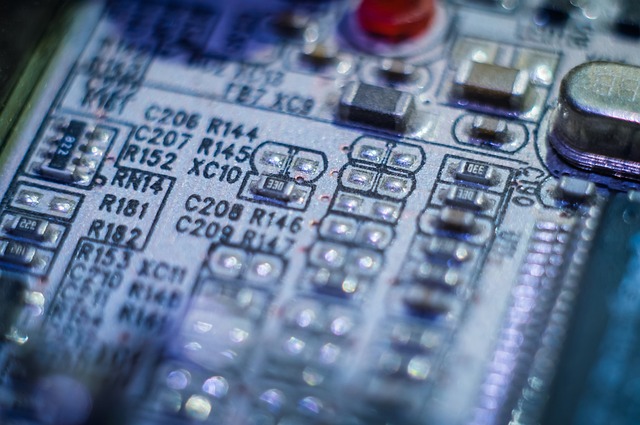Researchers at the Indian Institute of Technology (IIT) Delhi have announced a new development in the field of next-generation computing hardware with the creation of a novel, energy-efficient device dubbed MOD-PC (Multifunctional Optoelectronic Device for Processing Circuits).
This compact computing unit, inspired by the human brain’s visual cortex, promises to revolutionize artificial intelligence and neuro-robotic applications, addressing the long-standing challenges of power consumption and size in conventional computing systems.
The pioneering team, led by Prof. Dr. Samaresh Das, Head of the Centre for Applied Research in Electronics (CARE) at IIT Delhi, alongside Dr. Manoj Kumar and Kritika Bhattacharya, has engineered the MOD-PC using light-sensitive Tungsten Diselenide (WSe2), a cutting-edge 2D-material.
This marks a significant departure from existing silicon-based computers, which are notoriously power-hungry and bulky.
Dr. Manoj Kumar, the study’s first author and an IIT Delhi alumnus currently a Post-Doctoral Scientist at TUM, Germany, highlighted the device’s unique bio-inspired design.
The MOD-PC is directly inspired by the visual cortex of the human brain.
It possesses the remarkable ability to learn from optical light signals, emulate synaptic plasticity, and retain data for extended periods.
MOD-PC not only integrates neuroscience principles but also uniquely combines digital, analog, and mixed-signal functionalities within a single unit, effectively tackling the memory and power “walls” that hinder traditional computing systems.
The development resonates strongly with India’s “Atma-Nirbhar Bharat” and “Make-In-India” initiatives.
“MOD-PC is our indigenously manufactured and tested device at IIT Delhi, empowering the ‘Atma-Nirbhar Bharat’ and ‘Make-In-India’ spirit of the nation,” Dr. Kumar said.
Kritika Bhattacharya, a Senior Research Fellow (SRF) at IIT Delhi, played a crucial role in the fabrication and implementation of the MOD-PC chips. She acknowledged the complexities involved.
Prof. Samaresh Das, the Principal Investigator of the project, highlighted the profound implications of this breakthrough for daily life.
According to him, the development of this MOD-PC device is expected to revolutionize neurovision-computing hardware, paving the way for advanced artificial intelligence and neuro-robotic applications.
This achievement is a crucial milestone for the ongoing Indian Semiconductor Mission (ISM), bolstering the nation’s capabilities in developing advanced semiconductor chips.
This research is published in Advanced Functional Materials journal.
